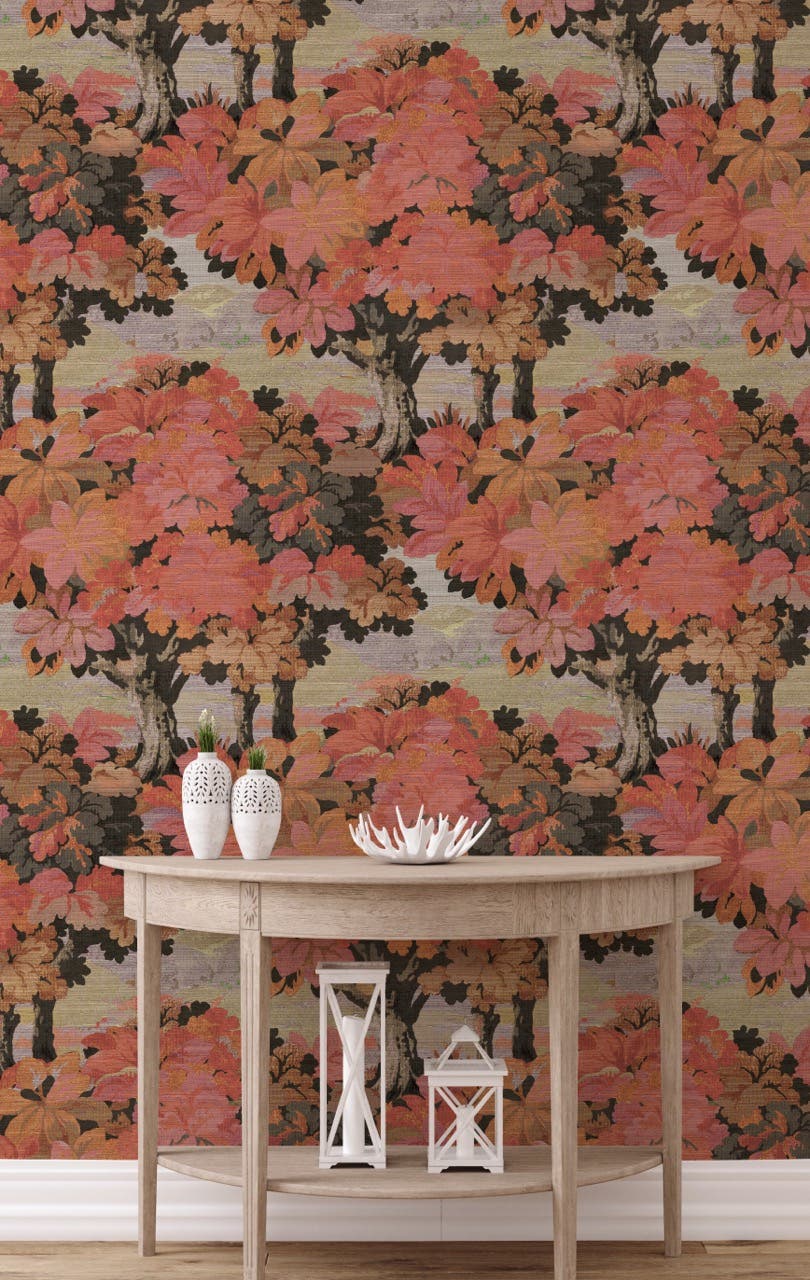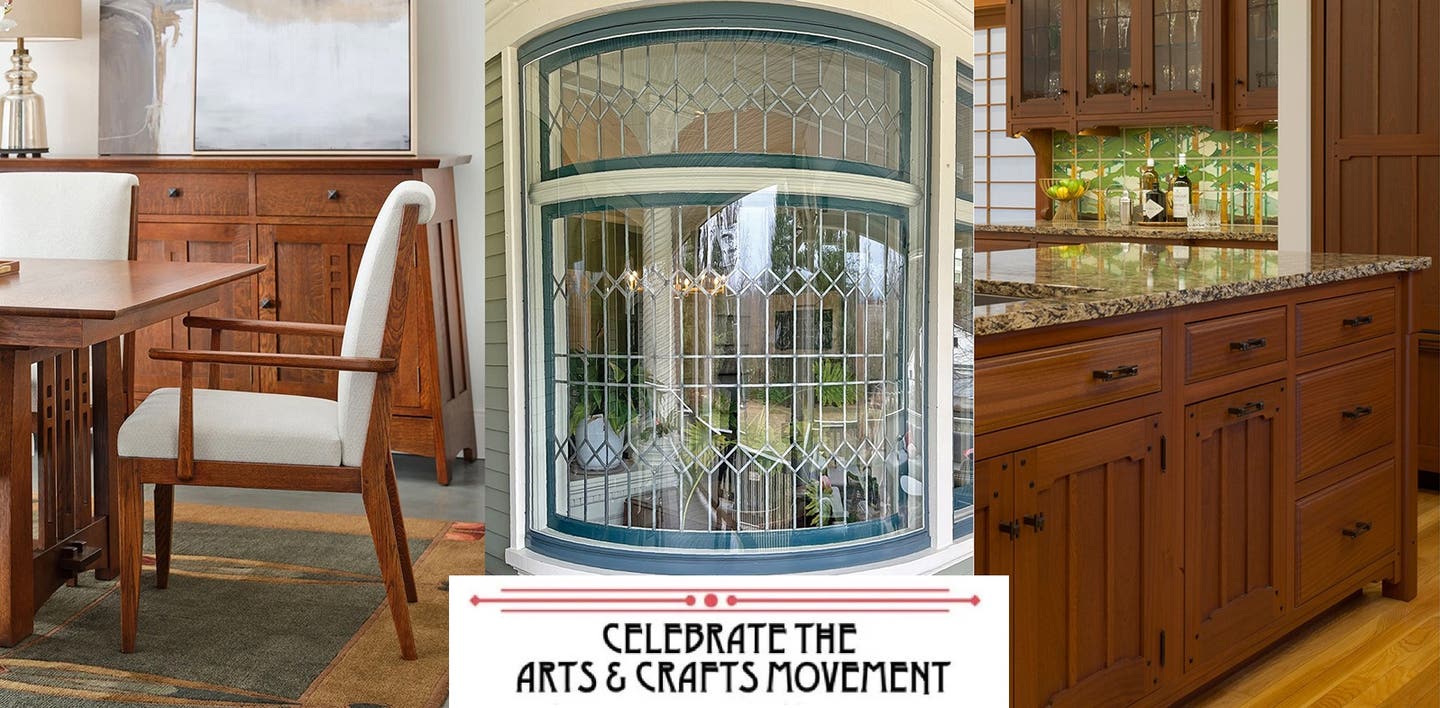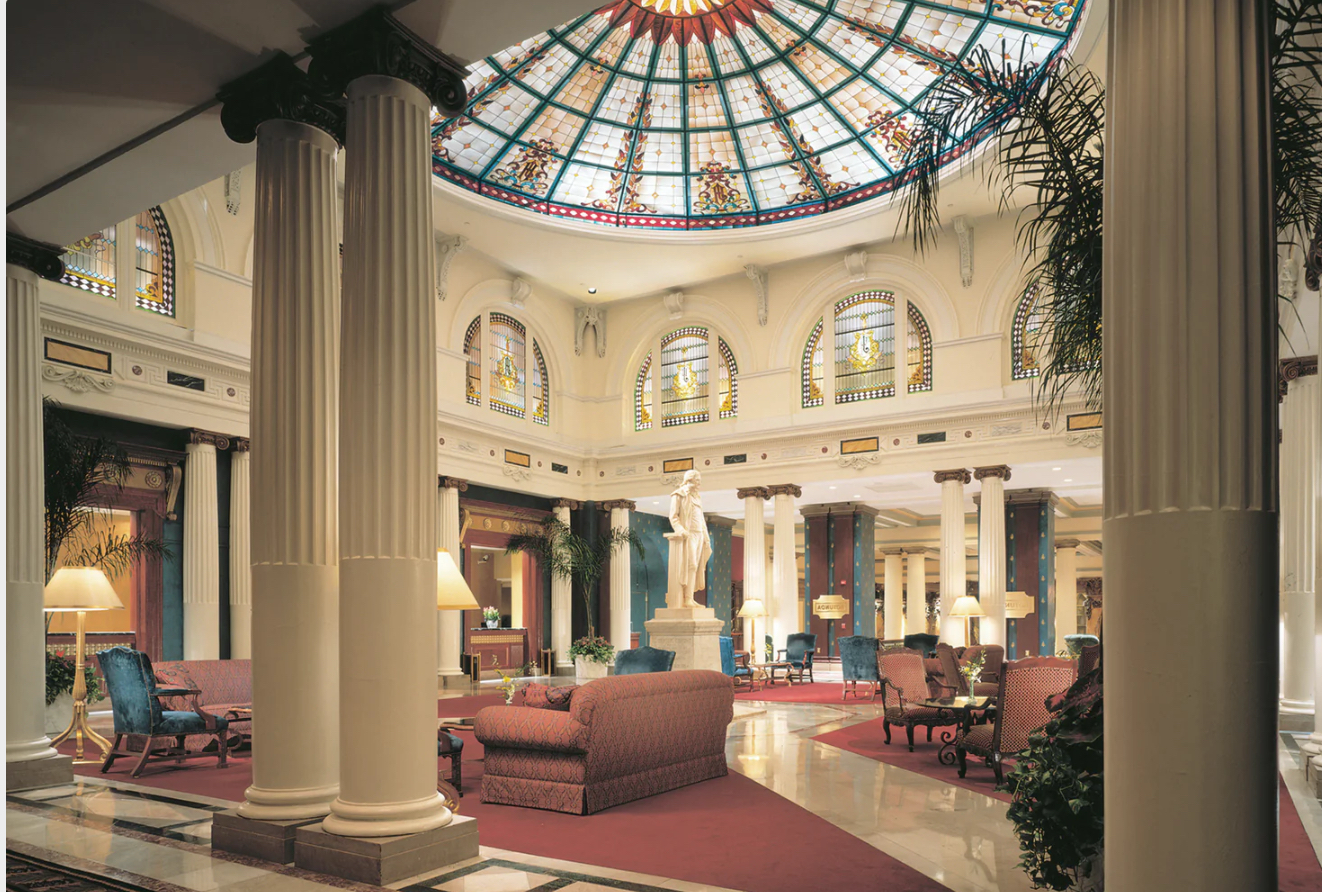Craftsman Tile Makers
The revival of small-batch hand-crafted art tile has never been more vibrant and beautiful than in today’s revival, as you’ll see in the work of three unique artisan tile makers.
Carreaux du Nord
Carreaux du Nord means “tiles of the north,” fitting not only because of the location of this small tile company in northeastern Wisconsin, but also because tilemakers Beth Vienot and Ned Guyette have French-Canadian roots. The couple met in a design class at the University of Wisconsin at Milwaukee. “Ned was very skilled, way beyond anyone else in the class,” recalls Beth. Ned notes that Beth is a superb painter with a talent for decorative design: “We have done a few reproductions, but 95 percent of what we make comes from Beth’s fertile brain.”
Ned was experimenting with medieval techniques used to create encaustic tile. Realizing the process was too time consuming to be profitable, he turned to low relief tiles, “our launching pad for making handmade tile.” He and Beth founded their company in 1995. Customers buy tiles as art, but the firm’s bread and butter is small-batch architectural tile, like accents recently installed in new structures at Chicago’s Lincoln Park Zoo. Designs show English and American Arts & Crafts influence with a touch of Art Nouveau. Ned’s glazes are hand applied, which results in slightly thicker or thinner coats. This “signature of the hand” is what gives Carreaux’s tile its distinctive appearance.
Ned presses up to 60 tiles per day. The architectural tiles are ideal for artistic installations, from backsplashes to murals and fireplaces. The showroom is in the former game room of the couple’s 1927 Tudor Revival home. “We’re not getting rich,” says Ned, “but we love what we do.”
Beth Vienot & Ned Guyette, Carreaux du Nord, Two Rivers, WI, (920) 553-5303, carreauxdunord.com
Weaver Tile
When a bad back threatened his career as a stonemason, Scott Weaver turned to tile making, founding Weaver Tile in 2001. He’d spent the four previous winters immersed in pottery and ceramics at the historic Pewabic pottery in his home state of Michigan.
Scott’s studio is a historic red barn that he bought, disassembled, and reconstructed on his 80-acre property upstate. A naturalist who has spent his life in the woods, Scott found the land—which is surrounded by a Nature Conservancy reserve—while still in high school. He bought it piece by piece. Not surprisingly, Scott’s favorite motifs are the birds, plants, and insects he finds here. Most of the high-fired decorative tiles are his original sculpted designs. Weaver Tile’s trademark look is a hand-scraped relief tile, usually in satin matte verdigris glaze. From a distance, the raised image of a cinquefoil, ginkgo leaf, or grapevine seems to flash like gold against the deep green background.
Nothing is made in a mechanical press. Every tile is hand-pressed into a mold with a rubber mallet, trimmed, allowed to dry, and then fired. Before the final firing, tiles are hand-dipped into glaze. All the relief points are scraped free of glaze to create contrast with low areas. Using a sponge that still holds some glaze, the high points are wiped to give the raised surfaces a light sheen.
Scraping can take just a few seconds or—in the case of a design with a lot of nooks and crannies, like a Batchelder tree tile—five or 10 minutes. Despite the work required to produce even a small batch of tile, Weaver has made a specialty of larger projects: for kitchens, bathrooms, and especially fireplaces. The gold-on-green look of his tiles is particularly appropriate in Arts & Crafts settings.
Scott Weaver, Weaver Tile, Horton, MI, (517) 529-4621, weavertile.com
Pasadena Craftsman Tile
A practicing architect for many years, Cha-Rie Tang has multiple talents. She is also an artist in kiln-fused glasswork, working with her husband, Bruce Hubbard, whom she met as an undergraduate at MIT. Tang has had the good fortune to have lived in Pasadena since the 1970s. Intrigued by its architecture, she discovered her passion for Batchelder-style tile when a friend unearthed (in his backyard) numerous molds from the Batchelder Tile Company and brought them to her.
After years of slip-casting Batchelder reproductions, Cha-Rie began to carve her own designs. She based many of them on Owen Jones’ The Grammar of Ornament, which she, Bruce, and Steve Hubbard had transferred to CD-ROM during the tech boom. Tang’s original designs caught the attention of Isabelle Greene, a noted landscape designer and the granddaughter of Charles Greene. Cha-Rie made some 6" x 6" tiles for Isabelle’s fireplace. That led to a commission for a fountain from the owners of the Robinson House, Mark and Phaedra Ledbetter. Cha-Rie says, “Phaedra is quite a talented lady herself and took a chance on me.” The cherry-tree design is based on a motif from original furniture in the house and features carved tiles. “The project was completed in record time with me tending the clay day and night with fans and heat,” Cha-Rie says. “At the time I did not have a slab roller. I had carpal tunnel problems for months afterwards.”
She’s gone on to produce carved fireplaces, fountains, walls, floors, backsplashes, and art pieces. With one of the largest collections of Batchelder molds in the country, she continues to produce revival tiles. a
Cha-Rie Tang, Pasadena Craftsman Tile, Pasadena, CA, (626) 793-8387, pasadenacraftsmantile.com
Mary Ellen Polson is a creative content editor and technical writer with over 20 years experience producing heavily illustrated know how and service journalism articles, full-length books, product copy, tips, Q&As, etc., on home renovation, design, and outdoor spaces.






